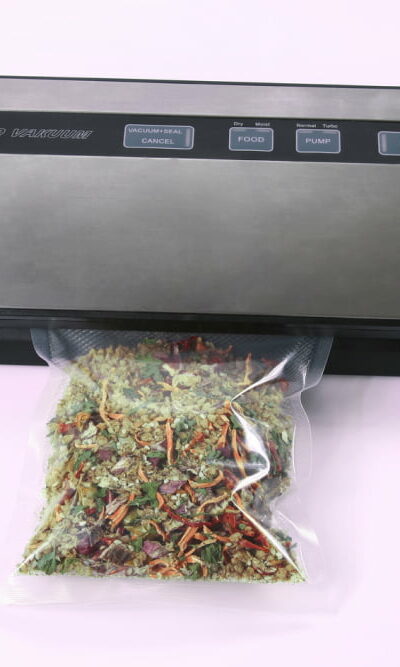
17 Mistakes Big, Small, and Pickup Truck Drivers Should Avoid
Drivers play a pivotal role in ensuring the smooth flow of goods across the nation. Whether they are behind the wheel of a semi-truck or a pickup truck, drivers must navigate a myriad of challenges and responsibilities. However, the road is fraught with pitfalls, and mistakes might have dire consequences. Here are some mistakes that big rig operators and big and small pickup truck owners should avoid to ensure safety and efficiency on the road. Neglecting vehicle maintenance One of the gravest mistakes big rig operators could make is neglecting regular vehicle maintenance. These massive machines require meticulous care to function optimally. Skipping routine inspections, failing to change oil and filters, or overlooking brake maintenance may lead to catastrophic accidents. Fatigue-induced errors Long-haul truckers often face grueling schedules and demanding deadlines. However, pushing the limits of endurance could lead to fatigue-induced errors. Drowsy driving is a silent but deadly threat on the road. To avoid this mistake, drivers should adhere to mandated rest periods, stay hydrated, and get adequate sleep. Overloading and poor load distribution Overloading a big rig or improperly distributing the load may spell disaster. It affects the truck’s stability, steering, and braking capabilities. Drivers should always adhere to weight limits and ensure that the cargo is distributed in an even manner to avoid putting undue stress on the vehicle. Ignoring weather conditions Weather conditions might change rapidly and failing to adapt to them can be a costly mistake. Ignoring adverse weather, such as heavy rain or snow, might lead to accidents. Big rig operators must exercise caution, reduce speed, and, if necessary, pull over until conditions improve. Distracted driving Distracted driving is a universal issue, but it’s especially perilous for big rig operators. Texting, eating, or doing anything that diverts one’s focus away from the road can have devastating consequences.










